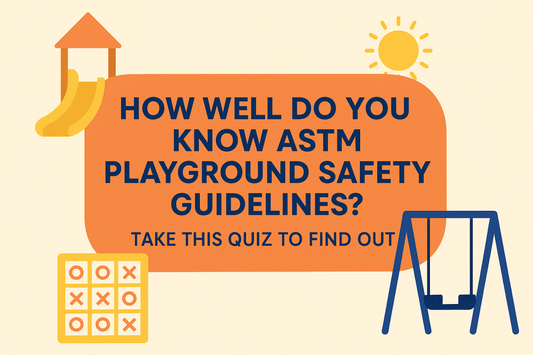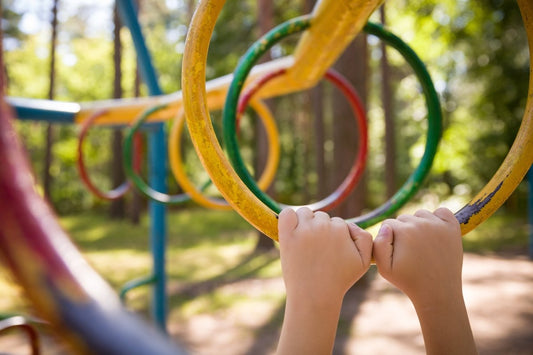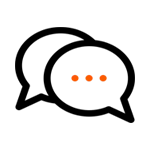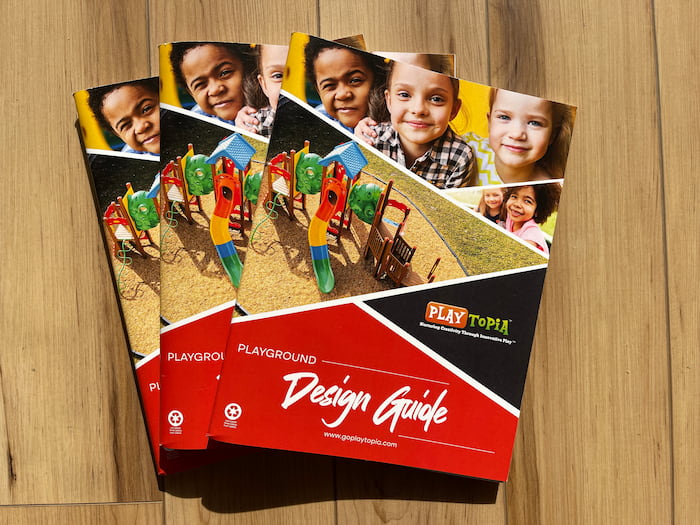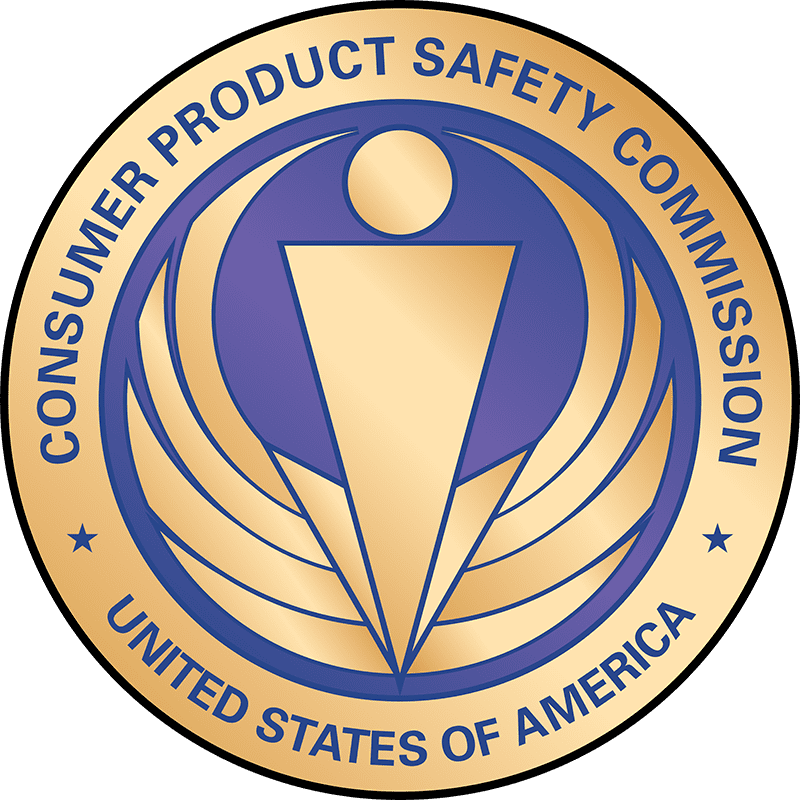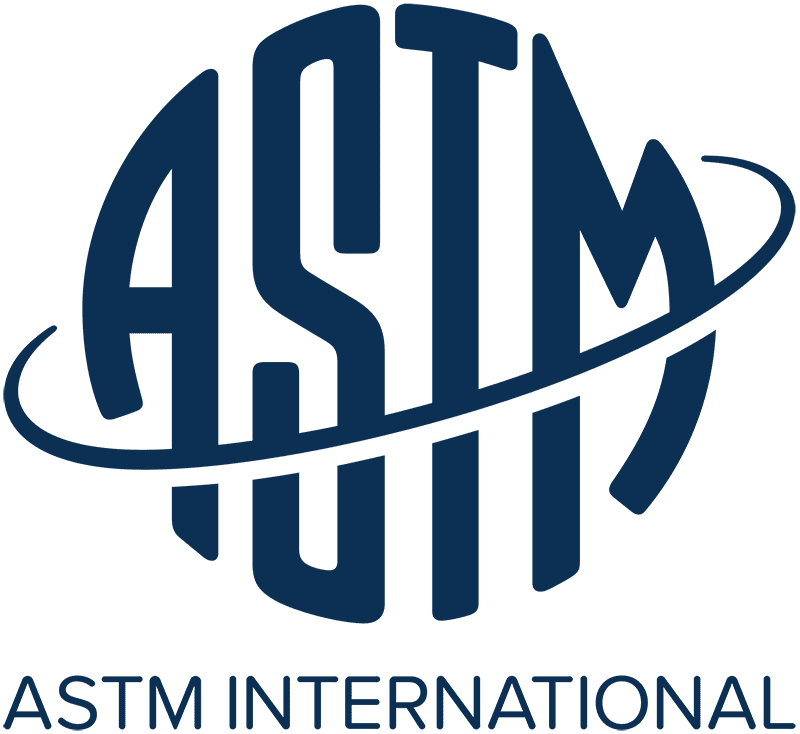
Standards for Playground Safety
Jennie HallShare This Article
🛝 Playgrounds are places of joy, movement, and imagination—but they also come with the responsibility of keeping kids safe. That’s where ASTM International steps in with carefully crafted safety standards. But how much do you really know about these guidelines?
Take this quick quiz to test your playground safety smarts! Don’t worry—we’ll explain the answers as we go so you’ll walk away a little wiser (and safer).
🔍 Question 1:
What does ASTM stand for in the context of playground safety?
- A) American Standards for Tot Management
- B) Association of Safety for Toys and Materials
- C) ASTM International (formerly American Society for Testing and Materials)
- D) Advanced Safety & Terrain Management
ASTM originally stood for the American Society for Testing and Materials. Today, it's known as ASTM International, and it develops voluntary consensus standards—like the ASTM F1487 standard for public playground equipment.
🧱 Question 2:
What is the minimum required depth of loose-fill surfacing (like wood chips or rubber mulch) under play structures according to ASTM F1292?
- A) 2 inches
- B) 4 inches
- C) 9 inches
- D) 12 inches
ASTM F1292 requires at least 6 for rubber and 9 inches for others of loose-fill material to properly cushion a fall from a height of up to 6 feet. There are other guidelines! Talk to a sales rep to discuss full criteria as this varies based on site.
🪑 Question 3:
Which of the following is TRUE about swing spacing according to ASTM standards?
- A) Swings can be placed right next to climbers.
- B) There should be at least 24 inches between adjacent swings.
- C) Toddler bucket swings and belt swings can share the same bay.
- D) Swings must face the same direction as slides.
According to ASTM F1487, there should be a minimum of 24 inches between swings and 30 inches between a swing and the support frame. Toddler and belt swings should not be mixed in the same bay.
🛡️ Question 4:
Which standard governs impact attenuation (how soft the ground is under play equipment)?
- A) ASTM F1951
- B) ASTM D1005
- C) ASTM F1292
- D) ASTM G23
ASTM F1292 outlines the requirements for impact attenuation, or how well a surface absorbs a fall.
🏗️ Question 5:
What is the maximum fall height allowed for early childhood equipment per ASTM standards?
- A) 4 feet
- B) 5 feet
- C) 6 feet
- D) No limit
For early childhood equipment designed for ages 2–5, the maximum fall height is 4 feet. For ages 5–12, it increases to 6 feet.
🧠 Bonus Question:
True or False: ASTM standards are legally binding.
ASTM standards are voluntary, but they’re often adopted by local regulations or required by insurance providers.
Whether you're designing a playground, running a childcare center, or just a passionate advocate for safer play, knowing ASTM guidelines is essential. And remember—ASTM isn’t just about rules, it’s about protecting joy.
Need a playground designed with ASTM compliance in mind? Contact our team—we're here to help! Email us at info@goplaytopia.com






